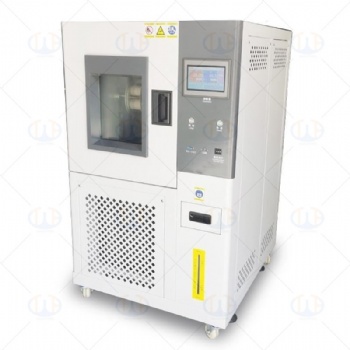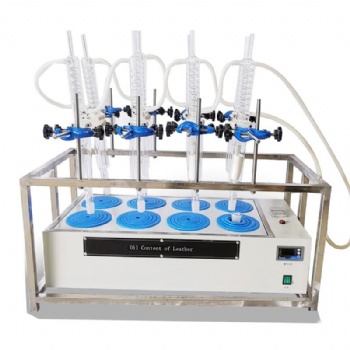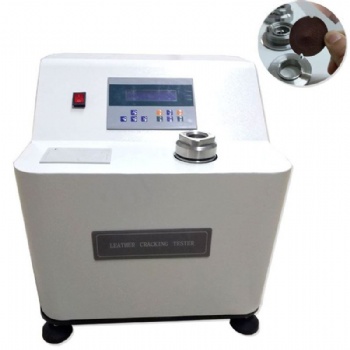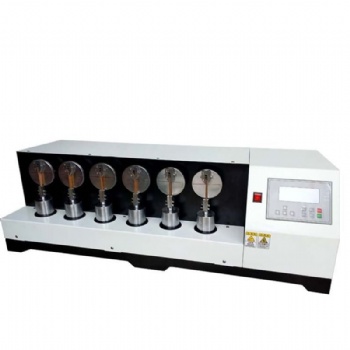News
functions, features, and the importance of Shoe Upper Lining Friction and Color Fastness Testing
When assessing the quality of shoe upper linings, particularly in terms of their resistance to friction and color fastness, specialized testing equipment is essential. This equipment ensures that materials used in footwear meet industry standards and consumer expectations for durability and performance. Here’s an in-depth look at the equipment used for these tests, focusing on their functions, features, and the importance of these tests.
Shoe Upper Lining Friction and Color Fastness Testing
1. Friction Testing
Purpose: Friction testing evaluates how the upper lining material of a shoe performs under rubbing or sliding conditions, which simulates real-world wear and tear.
Equipment:
Friction Testing Machine:
Description: Measures the frictional properties of materials by simulating the rubbing action that the shoe upper experiences during use.
Components:
Testing Platform: The surface on which the shoe or material sample is placed.
Loading Mechanism: Applies a known force to ensure consistent testing pressure.
Rubbing Arm: Moves back and forth to simulate friction.
Measurement Sensors: Record frictional forces and wear.
Features:
Adjustable speed and load settings.
Data acquisition and analysis software.
Usage: Determines the durability and performance of the shoe upper lining under frictional stresses.
2. Color Fastness Testing
Purpose: Color fastness testing assesses how well the color of a shoe upper lining resists fading or bleeding when exposed to various conditions such as friction, light, water, and sweat.
Equipment:
Color Fastness Testing Machine:
Description: Tests the color stability of materials under different conditions.
Components:
Color Fastness Test Chambers: Simulate environmental conditions like light exposure, water immersion, or perspiration.
Test Specimens: Small samples of the shoe upper lining material.
Rub Fastness Tester: For testing color transfer due to rubbing.
Light Fastness Tester: Simulates sunlight exposure to test color stability under UV light.
Water and Perspiration Testers: Simulate exposure to water and sweat to assess color bleeding and fading.
Features:
Controlled environment settings (temperature, humidity, light intensity).
Optical measurement devices for assessing color changes.
Data analysis software for interpreting results.
Usage: Ensures that the color of the shoe upper lining remains vibrant and does not transfer or fade excessively under normal use conditions.
Key Testing Standards
ASTM D4966: Standard Test Method for Abrasion Resistance of Textile Fabrics (Inflated Elastomer).
ISO 105-A01: Color fastness to light.
ISO 105-C06: Color fastness to rubbing (both dry and wet).
ISO 105-E04: Color fastness to water.
How to Use the Equipment
Sample Preparation:
Friction Testing: Cut samples of the shoe upper lining to the required dimensions and mount them on the testing platform.
Color Fastness Testing: Prepare specimens according to the specific requirements of the test (e.g., cut to size, pre-treat if necessary).
Testing Procedure:
Friction Testing: Set the machine to the desired speed and load, then run the test while monitoring frictional forces and wear patterns.
Color Fastness Testing: Expose samples to the conditions specified in the test standards (light, water, rubbing, etc.) and measure any changes in color.
Data Collection and Analysis:
Record the results from the sensors or measurement devices.
Use the software to analyze frictional forces, color changes, and any other relevant data.
Reporting Results:
Compare the results to industry standards and specifications.
Generate reports that detail the performance of the shoe upper lining in terms of friction resistance and color fastness.
Conclusion
Testing the friction and color fastness of shoe upper linings is crucial for ensuring product quality and durability. The appropriate testing equipment, including friction testing machines and color fastness testers, allows manufacturers to assess how well materials perform under real-world conditions. By adhering to established standards and using precise testing methods, you can ensure that your footwear products meet both functional and aesthetic expectations.
Categories
Contact Us
- +86-18615632092
- wtbequipment@hotmail.com
- sophie-tester
- +86-18615632092




 售前客服
售前客服